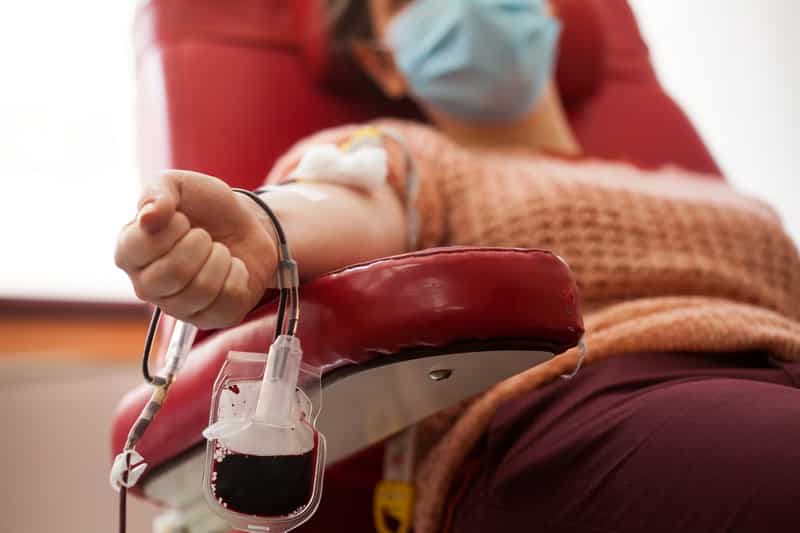Hemolytic Transfusion Reaction

Following a blood transfusion, a patient is at risk for developing a dangerous complication known as a hemolytic transfusion reaction. The response occurs when the recipient’s immune system destroys the red blood cells provided during the transfusion. There is a condition called an acute hemolytic transfusion response, sometimes known as an AHTR, and a delayed hemolytic transfusion reaction (DHTR).
In most cases, AHTR is caused by recipient plasma antibodies that react with donor RBC antigens. The most prevalent reason for an acute hemolytic transfusion response is an incompatibility between ABO blood types. The diagnosis can be verified in several ways, including a positive direct antiglobulin test and elevated bilirubin levels. It is also possible that hyperbilirubinemia will follow.
In contrast, following transfusion with RBCs containing this antigen, a primary or anamnestic response may occur, resulting in a delayed hemolytic transfusion reaction (DHTR) between two and four weeks later. Typically, only the transfused RBCs are destroyed, resulting in a decrease in hematocrit and a modest increase in lactate dehydrogenase and bilirubin levels.










